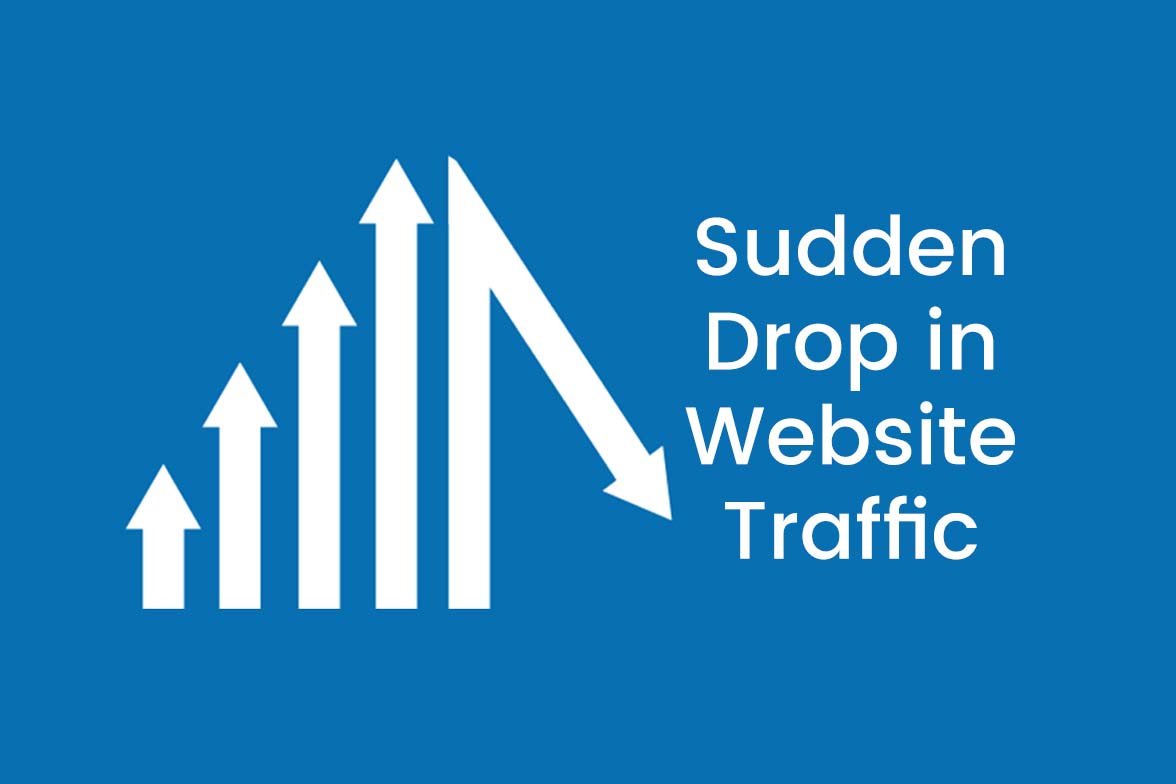Why did your Website Traffic Drop?

Your heart sinks to the bottom the minute your eyes fall on the Google Analytics graph in your account. The traffic drop shown is alarming, and you wonder what went wrong. There are a few steps that can be taken to track the issue and rectify it.
The decline helps you to think and react at the right moment with the appropriate measures.
1. How bad is the Traffic Drop?
Go back a month in time and have a quick scan. Then select a time range of six months backward and check for the dips that took place during that time.
Is the drop sudden and sharp or slow and steady?
A sudden and sharp drop indicates the severity of the situation and it requires immediate attention. It could be anything – from a new algorithm to another competitor or even a hacker.
But if the decline shows a curve that went down gradually, it is more likely to be a chronic problem that needs proper attention. Find the root cause and build a strategy to solve it.
2. Check Your Traffic Source
A complete traffic analysis will consider the site statistics with historical changes, backlinks, etc. All kinds of information are required to track down the issue. An analysis of the overall traffic is a good place to start the process. The main type of traffic source include:
- Direct
- Organic
- Paid
- referral
- Social
See if any broken links prevent your visitors from getting through or a competitor has taken away some of your traffic. Have a lookout for new and returning visitors. Check your website and mobile to see if any changes have affected the UX design and experience.
3. Examine the Possible Reasons
Have a checklist that analyzes the possible problems over the past 6 months.
- You will have a traffic decline if you lose the backlinks that have a lot of visitors
- If you have removed good content or best pages from your site, without checking how good it is performing
- If you stopped PPC campaigns that had been running for quite some time. Campaigns bring in traffic through paid ones and organically.
- Changes in your WordPress themes, plugins, or third-party tools could cause disruptions that affect your traffic. Check and rectify the problems
- If you stopped content promotion for your targeted audience (like sharing on social media or blogs). Choose the right type of content for your audience and start engaging them once more.
- If no content has been updated to the site, this could be another reason for the decline. Search engines index updated pages.
- You have to produce new content at least once a month.
- User pathways are extremely critical, so if you have made changes in the UX design or overall experience, test them well and introduce them gradually. Give time for your users to adapt rather than push them into a new environment where they can get lost.
- Bad UX will also cause a high bounce rate and low conversion rates which is a red flag for Google, indicating bad user experience or you are not giving what your customers need.
Look out for the rest of this article next week.